There are different plants in the plant kingdom; one common thing in most is their signature green leaves.
People usually grow household plants for the color and beauty that comes with them. But sometimes, they may face their plant leaves turning black due to certain anomalies.
You are watching: How to Fix Plant Leaves Turning Black?
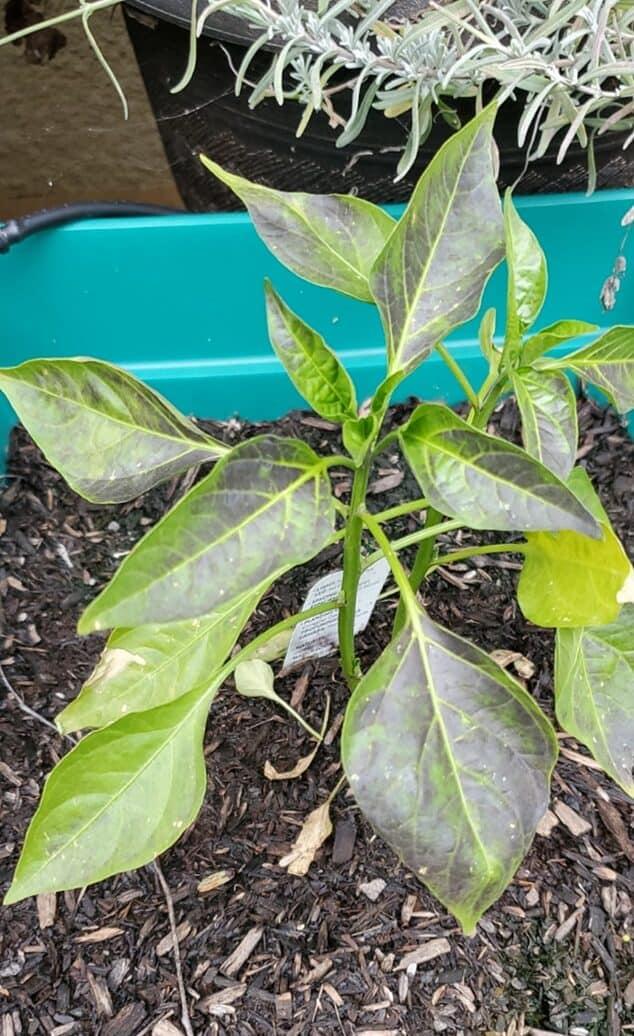
Plant leaves turning black usually does not happen and is a rare phenomenon to witness.
If your plants have the same problem, you would want to fix that. Please continue reading to discover the reason behind plant leaves turning black and how to fix them.
Why is my Plant Leaves Turning Black?
Black on plant leaves can be an eyesore for any enthusiastic plant lover.
Although, if there is black on plant leaves, it may be some kind of aesthetic view to look at.
To take any recovery action, you need to find the root cause of the black on plant leaves.
Some plants famous for their glossy green leaves, like the money plant, Chinese money plant, curry leaf plant, kiwi plant, etc., can turn black under improper growing conditions.
However, if you notice any black marks on the prayer plant or the aluminum plant, those could be the variegations that they had developed.
The leaves that have turned black have a lesser chance of being reverted to green and will eventually fall off the plant.
Let us look at the causes of plant leaves turning black and how to fix them.
1. Improper Watering
Except for some desert plants, most plants in the plant kingdom are affected badly if you improperly water them.
Each plant has certain watering needs; if gardeners ignore the details, they face the consequences.
Generally, if you overwater or underwater any plants, the stress will build up on the plant, and their leaves will turn black.
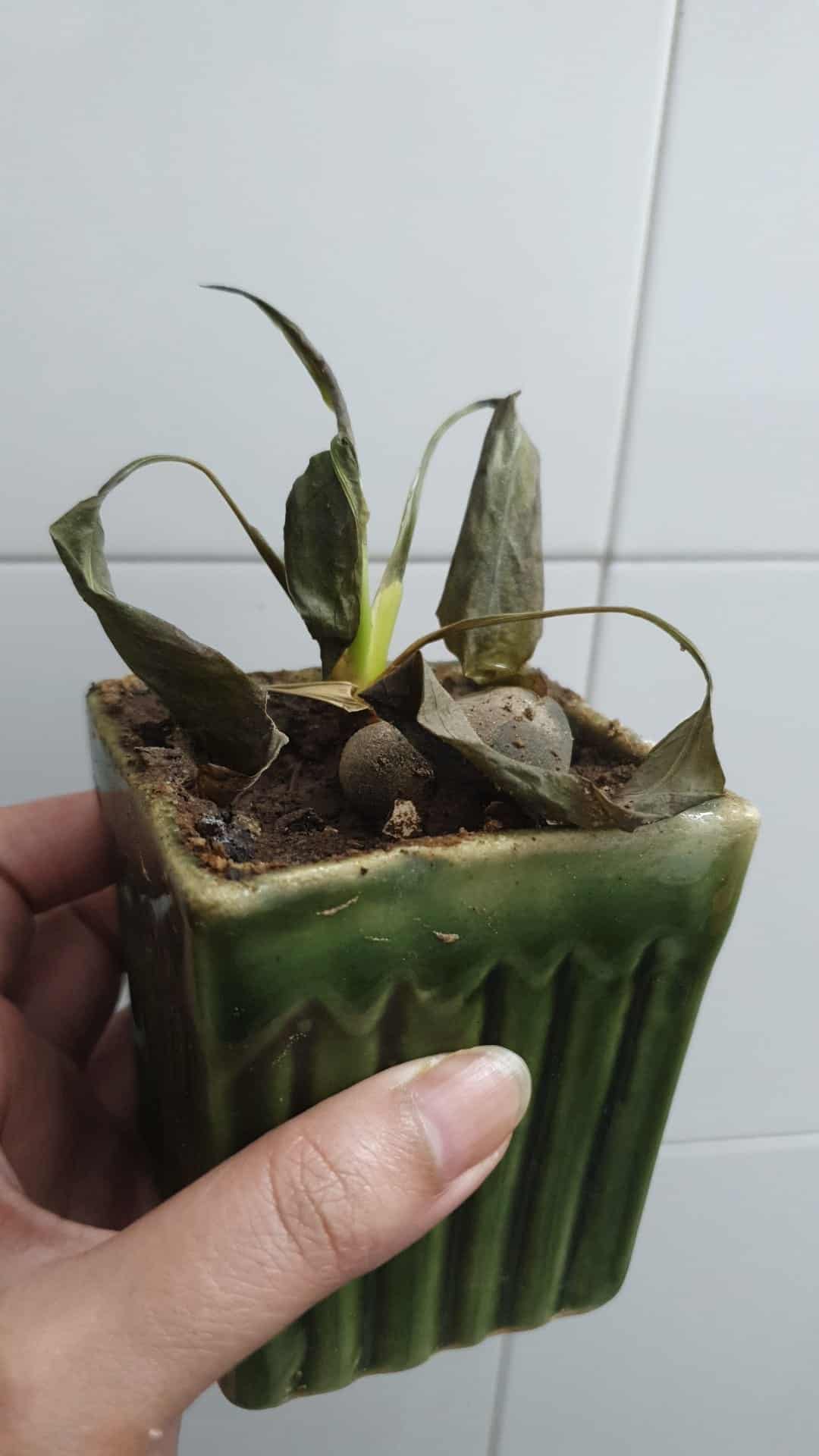
Overwatering causes root rot, which inhibits nutrient and water uptake and airflow exchange.
As a result, the plants don’t receive enough water and nutrients, and their leaves eventually turn black.
On the other hand, the plant cannot gather the required water content due to underwatering, which can turn the leaves black.
Look below for other under and overwatering symptoms to pinpoint the exact cause.
UnderwateringOverwatering Dry SoilMushy Leaves Plant WiltingYellowing Leaves Slow and Stunted GrowthLeaves Fall off Abruptly Brown Leaf Tips and EdgesRoot Rot
Treatment and Preventive Measures
- If the reason is underwatering, you must soak the pot in water immediately.
- You can fill a bathtub with water and immerse your pot until bubbles stop forming.
- For overwatering, stop watering the plant for some days and resume once it has recovered.
- If your plant has incurred root rot, take a new pot, fill it with fresh, suitable potting mix and repot your plant.
- Before repotting, trim off all the mushy and brown parts of the root and remove the plant’s damaged parts.
Water requirements differ depending on the nature of plants. So, understand your plant’s needs and water accordingly.
Generally, water your plants once the top 2 inches of soil have dried out, or use a watering scheduling app.
Read more : Does The Outside AC Unit Always Run?
Make sure the pot you are using has enough drainage holes.
2. Improper Lighting
Light requirements differ from plant to plant and are usually determined by the plant’s native zone.
For instance, flowering plants like Sunflowers, Marigolds, Salvia, etc., require a relatively high amount of light, while ZZ plants, Snake plants, Pothos, etc., can survive in low light.

Low light can also induce problems in plants, but their leaves will not turn black.
In extreme light conditions, the plant molecules absorb too much light and create harmful oxygen species, which can cause black on plant leaves.
Other symptoms of too much light include dry, crispy, droopy leaves, brown patches, sunburnt leaves, yellow leaves, etc.
Treatment and Preventive Measures
- Relocate your plant to a location where it will get only the required amount of light and not more.
- If the plant is immovable, place some shades between the plant and the light source.
- Provide the plants with direct morning sunlight for 2 to 3 hours daily.
- Rotate the plant occasionally to make sure it gets the light uniformly.
- Place your indoor plants in an east-facing window where they will receive at least 4 hours of bright indirect sunlight.
- Keep your indoor plants under grow light for about 12 to 14 hours if they are not getting enough sunlight.
3. Improper Fertilization
Avid gardeners like you and me prefer to see our plants grow full-fledged, and we want them to do it quickly.
So what do we do? We use fertilizers on our plants. Sometimes it works out perfectly, but sometimes it backfires.
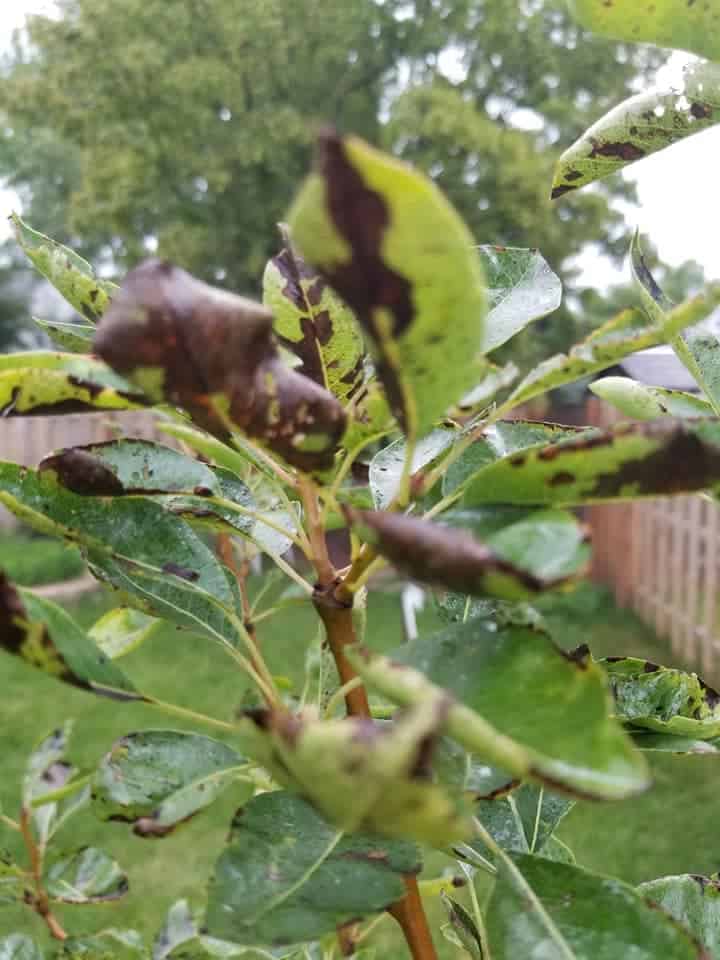
Phosphorus in plants works as the building block by converting the sun’s energy to elements important for the plant’s growth.
The lack of fertilizers in plants will cause them to grow slowly, produce lower-quality leaves, lose root mass, etc.
On the other hand, excessive fertilization can also result in the leaves turning black.
In particular, too much nitrogen can cause the leaves to become mushy and soft, making the plant more vulnerable to diseases like powdery mildew and root rot.
As a result, the plant leaves may turn black and eventually die.
Treatment and Preventive Measures
- Fertilize your plant immediately using a fertilizer with a high amount of Phosphorus.
- However, do not overdo fertilization; the plant can suffer grave consequences.
- Occasionally feed your plants organic fertilizers to maintain the nutrient content.
- Flush your plants with tepid water to balance the soil pH.
- Dilute the fertilizer to 1/4th strength.
- Use fertilizers like superphosphate and bone meal to restore the fertilizer content in the soil.
- Flush out excess fertilizer by running the pot under tap water to treat overfertilized plants.
- Trim any damaged stems and leaves, then repot the plant in new potting soil.
4. Temperature Stress
Temperature is one of the most important factors in a plant’s growth. Most plants cannot survive extreme temperature fluctuations and conditions.
Most plants have a good threshold for higher temperatures but succumb to freezing temperatures.
Plants like Caladium, Euphorbia, Salvia, etc., can survive at high-temperature while Christmas cacti, Siberian Iris, Peony, etc., can survive low temperatures.
In high temperatures, the plant photosynthesis rate drops. Similarly, the plant cells freeze in low temperatures, producing black, dead leaves.
Let us look at other symptoms of plants’ low and high-temperature damage.
Low TemperatureHigh Temperature Leaves lose their colorDamaged fruits Leaves turn purpleLeaves and stem scorch Slow growth of plantShriveled leaves
Treatment and Preventive Measures
- Move the plant to a cooler, shady area if it has incurred high-temperature damage.
- Water the plant thoroughly with cool water in the morning and put them in the shade for some time.
- Keep the pots in a room with an air cooler but keep the humidity in check.
- Move the plant indoors to protect it from cooler drafts in case of low-temperature damage.
- Keep them on top of heating pads to provide instant heat.
- You can buy houseplant mulch and put it on the soil line of your pot to prevent heat from escaping.
5. Improper Humidity
Depending on their native zone, plants have different humidity requirements.
However, most houseplants’ proper humidity ranges from 40 to 60%. Some plants may need more humidity, some less.
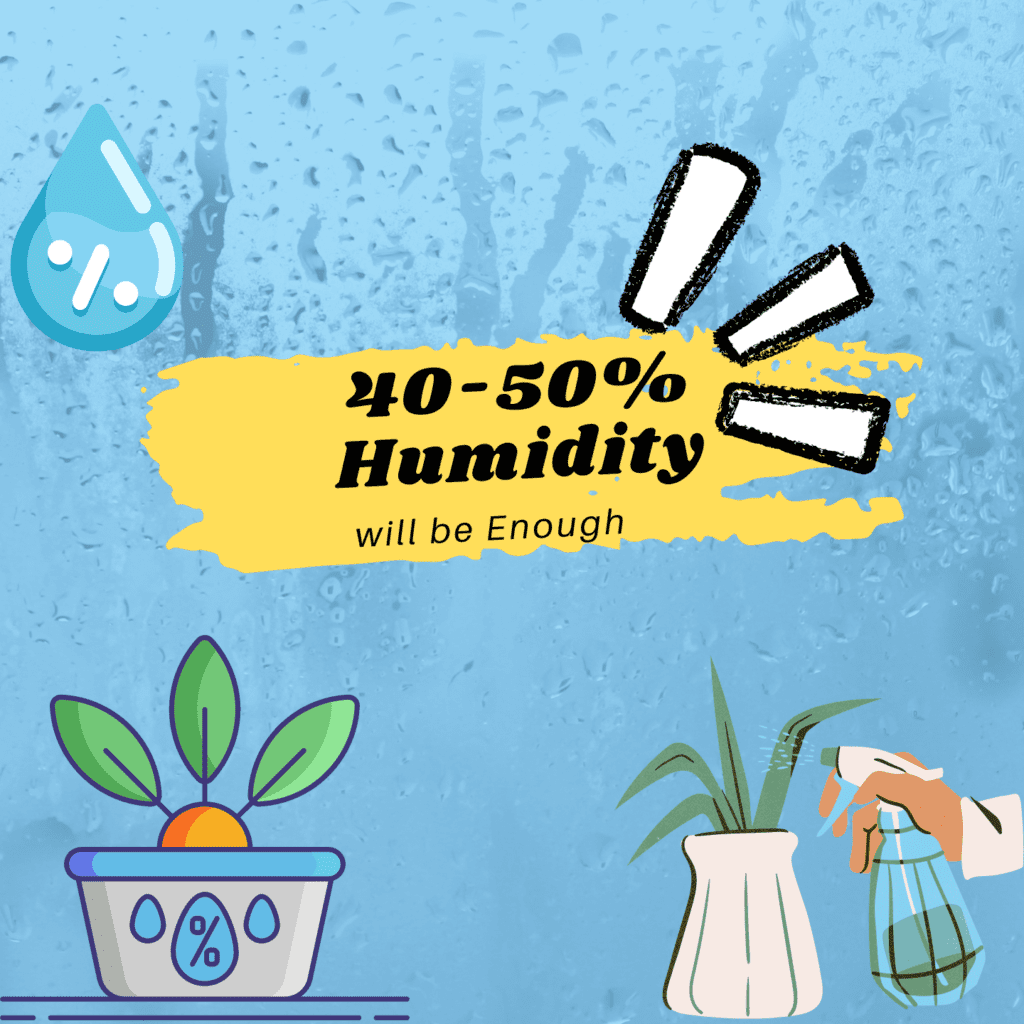
Read more : How to Winterize Outdoor Faucets (in 5 Super Easy Steps!)
Leaf cells lose more water in low-humidity conditions, changing the structure of the cell. As a result, the cells are killed, and the leaves turn black.
Similarly, in highly humid conditions, different fungal diseases affect the plant, causing them to turn its leaves black.
I have listed other high and low-humidity damage symptoms on the plants below.
Low HumidityHigh Humidity Curling of leavesLoss of leaves and stems Leaf scorchWilted appearance Browning of leavesEventual death of plant
Treatment and Preventive Measures
- Place a humidifier or a wet pebble tray near the plant to boost humidity instantly.
- You can also manually mist the plant using a bottle spray.
- Move the plant to high-humidity areas of your house, like the kitchen or bathroom.
- Group certain similar-natured plants and create a ‘humidity-sharing’ environment.
- Do not put your plant in the direct path of air conditioner vents or radiators.
- You can also use a dehumidifier in highly humid conditions to reduce the humidity.
- Keep the plants individually in different locations to reduce the humidity.
- Place your plant in an area with a constant flow of air to reduce the plant’s humidity.
6. Infestation of Pests
Pests are hardy, pesky little bugs that attack your plant and suck them out of their juicy sap.
Most plants are hardy, and the pests cannot cause much damage. However, certain environmental factors make plants more vulnerable to pest infestations.
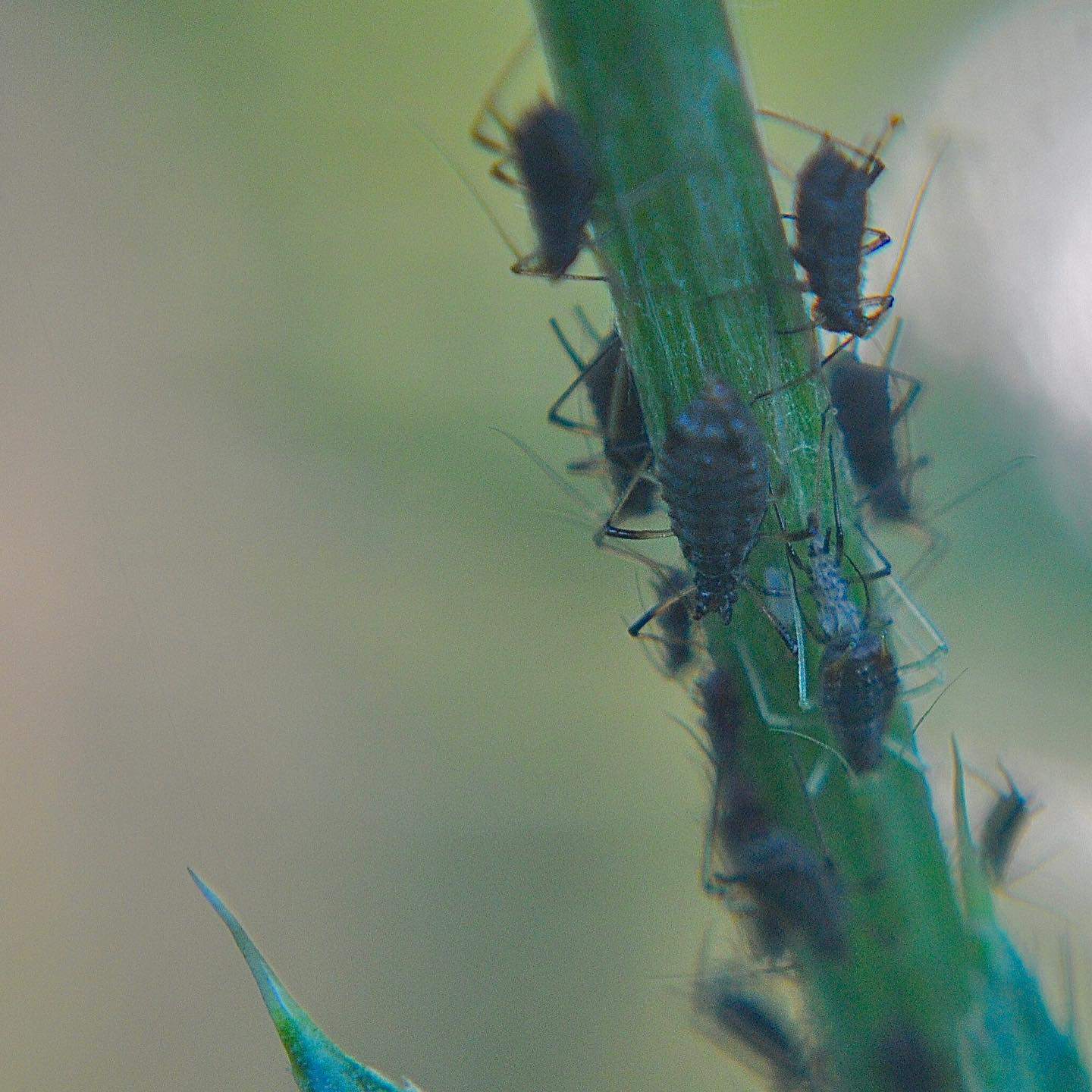
Aphids affect your plant and feed on their juices. After a while, they release honeydew, providing growing ground for sooty mold.
These bugs do not need any particular condition to attack your plant. They see a plant, they attack it.
You can recognize them by their pear-shaped body and long antennae. They make the plant curl its leaves, turn yellow, and grow stunted.
Treatment and Preventive Measures
- If the infected parts have been destroyed beyond repair, you should just trim them off the plant.
- Spray your plant with neem oil or any other horticultural oil.
- Dip a cotton ball in rubbing alcohol and apply it to your plant’s leaves.
- You can spray your plant with high-pressure water to eliminate aphids.
- Properly inspect the plants before bringing them inside your house.
- Do not overwater your plant, and maintain proper sanitation.
7. Fungal and Bacterial Diseases
Not exactly the black leaves, but certain diseases can cause black spots in your plants.
Most of these diseases are deadly and can eventually kill the plant. So, it would be best if you could prevent these diseases overall.
Let us look at the diseases and their symptoms on plants.
Name of DiseaseSymptoms Southern blight or Sclerotium stem rotBrown mushy area at the soil line of the cutting Loss of color at lower foliage Phyllosticta leaf spotDark brown to black rings spreading all across the leaf AnthracnoseWithering, wilting and drying plant tissues Dark spots or dark crisscross bars over the leaf Mycosphaerella ring spotRing of light or dark pigmentation Leaf distortion and stunted plant growth Rhizoctonia leaf spotMushy dark brown spots on the plant Plant has withered or shriveled appearance Cercospora leaf spotBrown or black spots on the bottom of the older leaves Leaves turn necrotic
Treatment Measures
- Immediately destroy all the affected and dead parts from the plant.
- If the infection has spread beyond repair, discard the plant altogether.
- Place the plant in a bright location and improve the soil aeration and drainage.
- Solarization, cultural manipulations, and cultural amendments are effective against Southern blight.
- Ring spot virus has no treatments, so it is better to prevent it altogether.
- Use fungicides like Gardensafe, Bonide, and Dr. Earth to eliminate fungal diseases.
Preventive Measures
- Maintain proper sanitation around the plant by removing dead parts and dusting off the leaves.
- Most of the diseases are attracted by overwatering and too much humidity. So, it is best to avoid these.
- If any plants are unhealthy, it is better to isolate them.
- Ensure proper air circulation is maintained around the plant and in its soil.
- Water your plant early in the morning so the sun can dry out excess water.
8. Physical Damage
Sometimes even a petty thing like touching your plant can cause its leaves to turn black.
Other factors like pets and kids can also destroy plant tissues by tearing or chewing off them.
Be safer by placing toxic plants away from your kids and pets.
Treatment and Preventive Measures
- Remove the damaged part from the plant.
- Keep fragile plants away from pets and kids.
- Do not relocate your plant every now and often.
Care Tips for Houseplants
To prevent the above problems, you can look at the table below to know the optimum requirement for your plants.
Should I Cut off Black Leaves?
This is one of the questions that may linger in the minds of even professional gardeners.
So before jumping into this question, you must understand the nature of the plant’s leaves blackening.
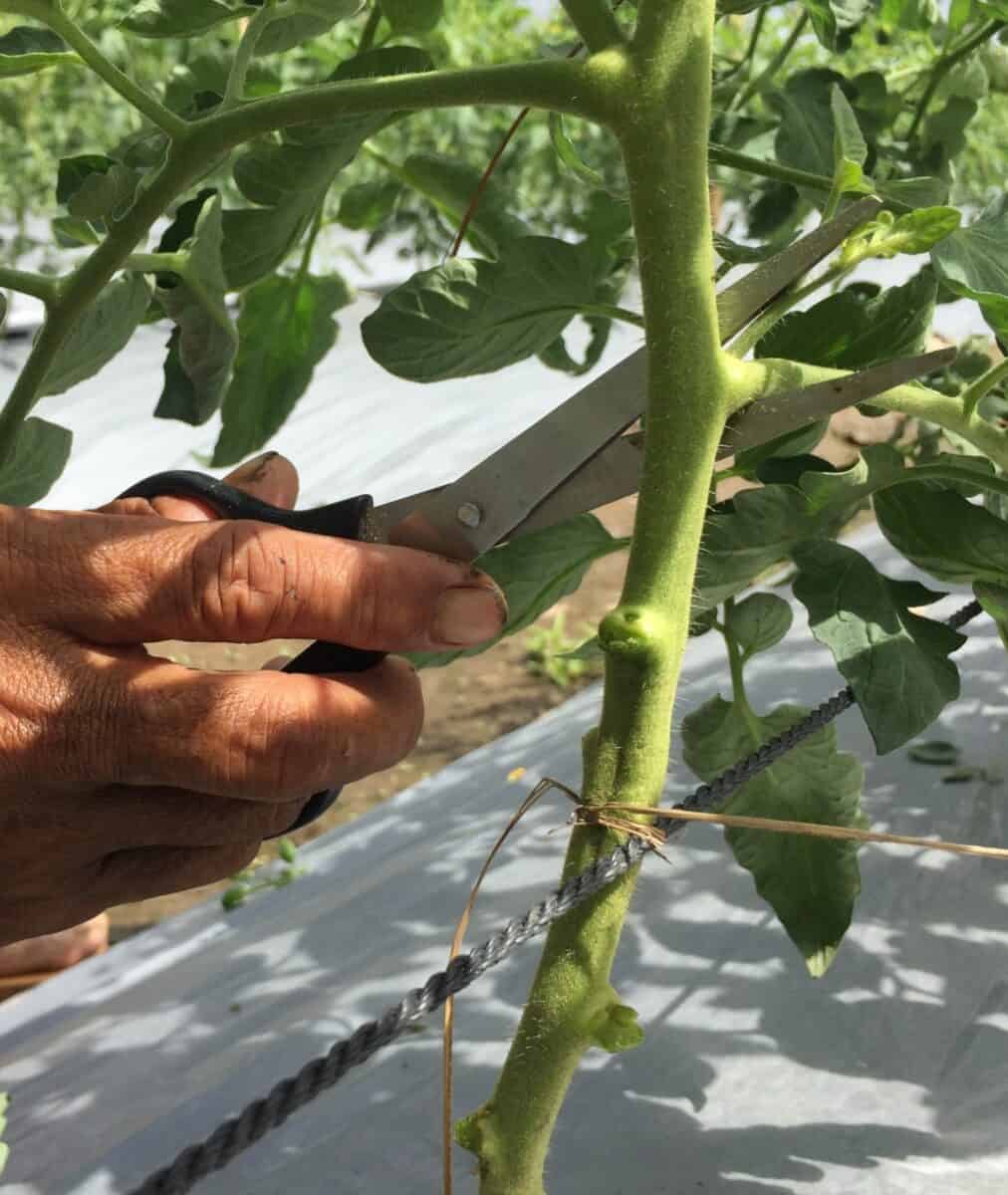
If the cause of the black leaves is fungal diseases and pests, there is next to no chance that they will recover.
But if the reasons are temperature, sunlight, water, etc., they may be reversible.
So, before deciding whether to cut off the black leaves, understand the nature of the damage.
Source: https://gardencourte.com
Categories: Outdoor


